The Child-Eating Bunyip Haunts Australia’s Wetlands
But its complex Aboriginal Australian origins have today been commodified and suppressed.
Lurking in the winding depths of Australia’s longest river is a creature with a taste for human flesh. For millennia, it has stalked its prey in the remote billabongs and muddy wetlands of the Murray River, which meanders through the country’s southeastern corner. The maneater lives among fruit bats, three-foot-long Murray cod, and swamp wallabies who call the waterway and dusty outback home. Few who have seen the monster have lived to tell of their encounter. More, perhaps, have heard its booming, blood-curdling call before turning in the other direction and sprinting away from the dark water.
Aboriginal people have given the monster many names. The Dharawal people of Australia’s southeastern coast called it gu-ru-ngaty. The nearby Wiradhuri people knew it as mirree-ulla. But most people today know it only as the bunyip. The name comes from yet another word for the creature, banib, from the Wemba-Wemba language spoken by Aboriginal people who live along Dhungala (the Murray River).
Descriptions of the underwater predator vary drastically between different Aboriginal nations (the preferred term for the diverse array of Aboriginal peoples in Australia). Stories conjure up a half-human, half-fish monster with sharp fangs, mystical powers, and a penchant for eating children. Its booming cries are said to cause diseases, such as rheumatism. Sometimes the bunyip has shaggy fur tangled and dripping with swamp weeds; sometimes it has scales or feathers. Sometimes it’s the size of a small dog; sometimes it’s as big as a cow. Sometimes it’s seal-like; other times, it’s emu-like. Aboriginal people living along the Murray river “affirm that its appearance is of frequent occurrence,” but “have some difficulty in describing it. Its most usual form, however, is said to be that of an enormous star-fish,” wrote colonist and explorer George French Angas in 1847.

Like its ever-shifting description, the origin of the bunyip is also shrouded in mystery. It’s possible that stories of the creature might have stemmed from ancient Aboriginal people sighting the now-extinct Diprotodon, essentially an SUV-sized wombat, wrote paleontologists Pat Vickers-Rich and geologist Neil Archbold in their book, Vertebrate Palaeontology of Australasia. Early Australians lived alongside megafauna like Diprotodon for some 20,000 years before the animals went extinct.
According to the Ngarrindjeri people of southeastern Australia, greed created the bunyip or mulyawonk, as they refer to the monster. The story goes that when a man caught more fish than he needed, powerful elders turned him into a half-man, half-fish beast for his avarice. Even today, the Ngarrindjeri people warn that overfishing can provoke a bunyip attack, reports ABC Science. Mark Koolmatrie, who’s part of the Ramindjeri and Warki clans within the Ngarrindjeri nation, told ABC, “The mulyawonk story has been told to us forever,” teaching us “to preserve the environment so the mulyawonk stays healthy.”
Many Aboriginal stories highlight the bunyip’s connection to a complex spiritual worldview that emphasizes the interconnectedness of all things and the reliance of people on the natural world. All Aboriginal people share this worldview, uniting a rich and diverse population that spans 260 languages and over 500 dialects. Commonly translated as “The Dreaming,” this spiritual system encompasses a complex monster tapestry where nearly every inch of the vast Australian continent has a monster lurking somewhere. For millennia, the bunyip was just a part of that complicated tapestry, joining other monsters like the body-snatching ngayurnangalku.
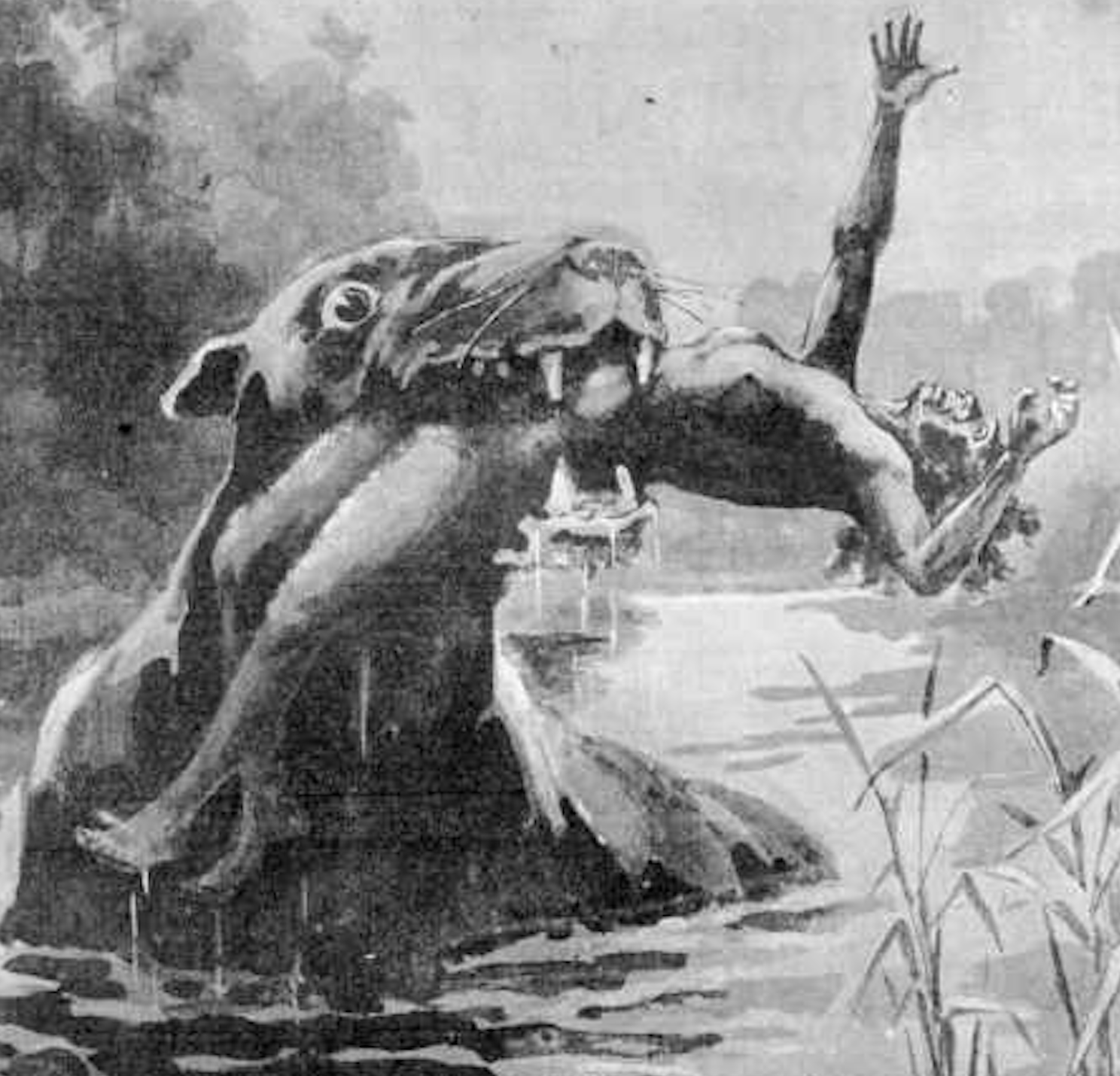
As European settlers began arriving on the continent in the 18th century, they became fascinated by stories of the bunyip. So much so that in 1846, Sydney’s Australian Museum exhibited a “bunyip skull” that was uncovered in a tributary of the Murray River. (It was later determined that it had come from a deformed horse.) The cranium enthralled visitors. The Sydney Morning Herald reported that “almost everyone became immediately aware that he had heard ‘strange sounds’ from the lagoons at night, or had seen ‘something black’ in the water.”
Soon the bunyip was everywhere. Australian author Rosa Praed opened her 1891 short story “The Bunyip” with, “Everyone who has lived in Australia has heard of the bunyip. It is the one respectable flesh-curdling horror of which Australia can boast.” Settlers knew that mysterious, never-before-seen creatures—like kangaroos and koalas—were very, very real in the outback. Who was to say the bunyip wasn’t just as real as any of the other, strange animals encountered in the flesh?
Then in the 20th century, the bunyip lost its teeth—literally. Over the next 100 years, the monster shifted from a “flesh-curdling horror” that feasted on children to a friendly fellow that entertained them. This amiable bunyip starred in children’s books, including Jenny Wagner’s 1978 The Bunyip of Berkeley’s Creek. It featured in a series of stamps that emphasized its affable ways. (Of the four stamps in the set, only one was drawn by an Aboriginal artist, and it was the only one to show a less cuddly, more fearsome bunyip of old, with fangs bared and yellow eyes ablaze.)

Christine Judith Nicholls of the Australian National University, an expert on Aboriginal literature and art, writes that the bunyip’s transition from beast to buddy is an act of colonization. In the book Monster Anthropology: Ethnographic Explorations of Transforming Social Worlds Through Monsters, Nicholls writes that stripping monsters, like the bunyip, of their original value and meaning transforms them “into commodities.” This commercialized bunyip has become a ready star of children’s literature and movies, like Dot the Kangaroo—transforming from child-eating to child-entertaining. You can even see an animatronic bunyip along the Murray River.
Despite its transformation into a friendly, commodified monster, the bunyip reminds us of the dangers lurking in the outback. With more than 100 poisonous snakes and wild dingoes looking for their next meal, the remote reaches of the continent are still a place of monsters. And even the most skeptical among us may become believers in the dark. So if you hear the blood-chilling cry of the bunyip echoing across the billabongs and remote wetlands, start running.
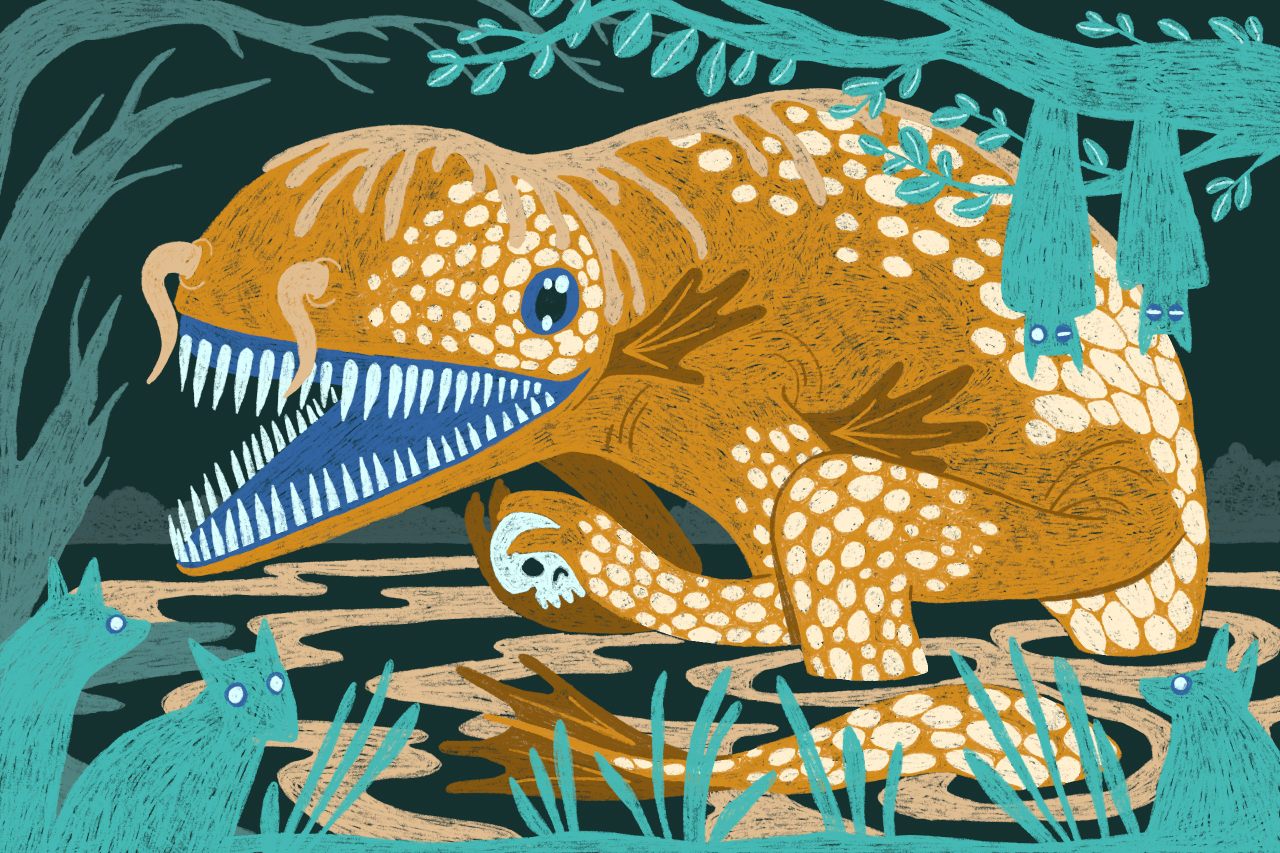
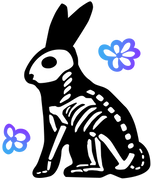

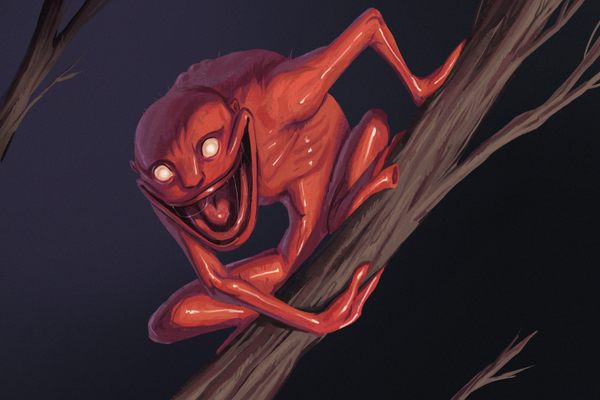

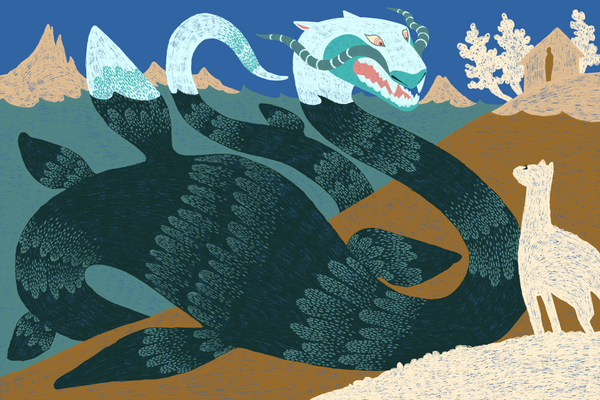






Follow us on Twitter to get the latest on the world's hidden wonders.
Like us on Facebook to get the latest on the world's hidden wonders.
Follow us on Twitter Like us on Facebook